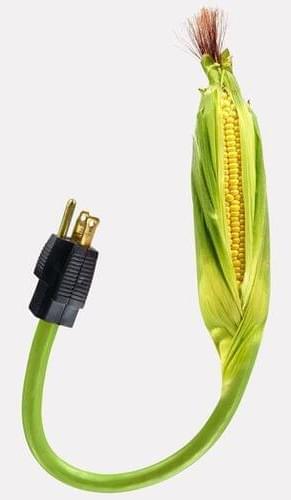The extra juice comes from a secret ingredient…corn starch.
Could a simple materials change make electric car batteries able to four times more energy? Scientists in South Korea think so. In a new paper in the American Chemical Society’s Nano Letters, a research team details using silicon and repurposed corn starch to make better anodes for lithium ion batteries.
This team is based primarily in the Korea Institute of Science and Technology (KIST), where they’ve experimented with microemulsifying silicon, carbon, and corn starch into a new microstructured composite material for use as a battery anode. This is done by mixing silicon nanoparticles and corn starch with propylene gas and heating it all to combine.
Using biowaste corn starch is already pretty popular, with products like biodegradeable “corn plastic” cutlery, packaging, and the infamous nontoxic packing peanut. The same qualities that make corn starch attractive in these applications apply to the silicon anode project. Existing lithium-ion batteries use carbon anodes, and scientists know silicon would work better in many ways but have struggled to stabilize the silicon enough for this use to be practical. “To enhance the stability of silicon, Dr. Jung and his team focused on using materials that are common in our everyday lives, such as water, oil, and starch,” KIST wrote in a statement about the paper.
